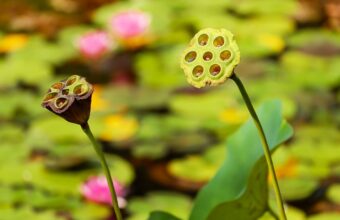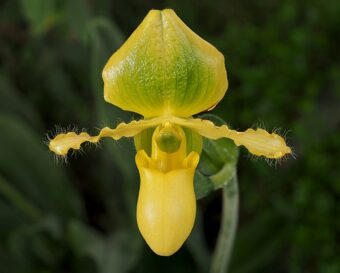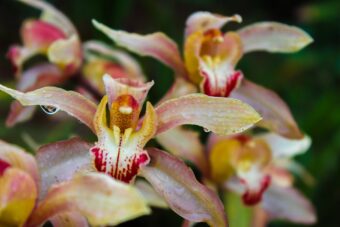In this article, we will discuss how to grow Aucuba, or spotted laurels as it is alternatively known, in containers. This wonderful, elegant shrub is a delight in your patio area. You do often see Aucubas in gardens or Japanese laurels to give its other common name, and you wonder if this plant can be grown in containers. This article is here to show you how to grow these plants in containers.
This hardy shrub tends to make short term plants in containers, as over time they will get too big and will need to be placed in the ground. …










